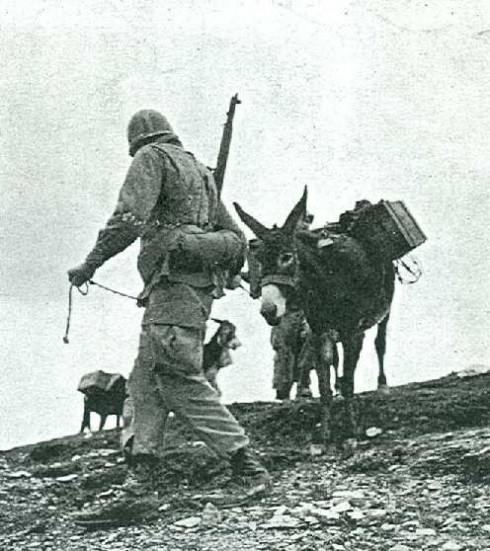Stubborn Progress
 My love of Boston Dynamics’ robotic cargo-carrier, Big Dog, is well documented, but it’s quite obvious that, while impressive, the four-legged hauler is more prototype than finished product.
My love of Boston Dynamics’ robotic cargo-carrier, Big Dog, is well documented, but it’s quite obvious that, while impressive, the four-legged hauler is more prototype than finished product.
Technology has made massive strides in the last century, but there are some areas in which we simply haven’t bettered the methodologies of our ancestors – despite the advances of industrial mechanization, fifteenth-century farmers could still teach us a thing or two.
The goal, as National Defense magazine reports, is to take some of the weight off soldiers’ backs during long war-zone foot patrols. In Afghanistan, it’s not uncommon for soldiers to carry 100 pounds of gear, even when they’re scaling mountains.
If everything works out, the future Army could look a lot like the Army of the 19th century, with trains of braying, kicking mules trailing behind the foot soldiers as they stomp through fields, slog through streams and wheeze up steep hillsides. As in the Army of the 1800s, teams of specially trained veterinarians and animal handlers would ensure the combat mules stayed battle-ready.
– Wired
[youtube_sc url=http://www.youtube.com/watch?v=sx8JuSRiXnU]
Think of mules as one of our early forays into genetic experimentation – or, at least, as the result of a slow Saturday night on some ancient rancher’s spread.
They require less food and water than a horse of the same size. The mules hooves are harder than horses hooves, and both the mule and the mules hooves show a natural resistance to disease and insects.